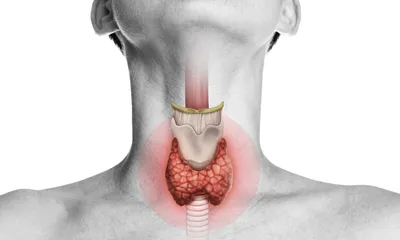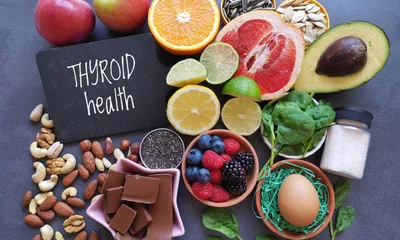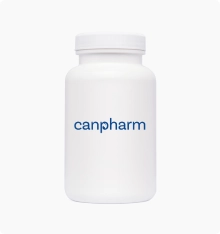Blood Clots
-
Description
-
Signs & Symptoms
-
Anatomy
-
Cause
-
Diagnosis
What are Blood Clots?
A blood clot is when blood coagulates (thickens) and begins to lose its liquidity and develops a firmer consistency that eventually becomes a hardened mass. Blood clotting is a natural and very necessary bodily process that prevents excessive bleeding when a wound occurs and contributes to the wound healing process. Blood clots are potentially very dangerous. If they become big enough and are moving throughout blood arteries in the body, they may block blood flow into organs.
In worst-case scenarios, this can create the chance of a stroke, heart attack, or pulmonary embolism in the lungs. Blood clots are also the root cause of deep vein thrombosis, which is a very common medical condition for older people but doesn’t have the same type of serious health dangers attached to it like the ones listed above. Intestinal ischemia can also result from having a blood clot in the intestines.
What Causes Blood Clots?
Blood clots occur when platelets – a type of blood cell – begin to come together in the blood and start to form a mass as they attach to each other. There are other proteins in the blood that contribute to this clotting process, and it is something that the body will initiate when it becomes aware of a wound where blood is escaping from the body. In this way, it is a very essential body process, as mentioned.
Harmful blood clots can start even if there is no wound to the skin where the person is bleeding. Atherosclerosis is hardening of the artery walls, and this can be one of the causes of blood clots when they are the result of poorer health. Other risk factors for blood clot include:
- Chronic high blood pressure
- High LDL triglycerides in the blood
- Low HDL triglycerides in the blood
- Untreated diabetes
- Cancer
- Obesity
- Atrial fibrillation
- Blood clotting disorders like antiphospholipid syndrome
Disorders like polycythemia vera that produce excess blood cells may also be behind what causes blood clots for people.
Treatment of Blood Clots
The most conventional approach for treatment of blood clots is to have the person start on blood thinner medications like Eliquis or Xarelto. These medications are very effective for preventing blood clots as the thinned blood will not allow platelets to come together the same way they would if the patient wasn’t taking the medication.
It is important to take anti-coagulant medication exactly at the dosage strength indicated in the prescription though, as there is the risk of excessive bleeding if the person gets a skin wound while on the medication. A doctor may also recommend that the patient take other approaches that involve lowering their blood pressure or limiting their dietary intake of LDL cholesterol if those are seen to be problematic and contributing to their blood clot risk.
Signs & Symptoms
- Swelling in the affected area
- Pain or tenderness
- Redness or discoloration of the skin
- Warmth in the affected area
- Shortness of breath
- Chest pain
- Rapid heartbeat
- Coughing up blood
- Lightheadedness or fainting
Anatomy
- Veins
- Arteries
- Heart
- Lungs
- Legs
- Arms
- Brain
Cause
- Prolonged immobility
- Injury or surgery
- Certain medical conditions
- Genetic factors
- Smoking
- Obesity
- Birth control pills or hormone replacement therapy
- Cancer
- Pregnancy
- Dehydration
Diagnosis
- Physical examination
- Ultrasound
- Blood tests (D-dimer test)
- Venography
- CT or MRI scans
- Pulmonary angiography
- Echocardiogram
- Chest X-ray



